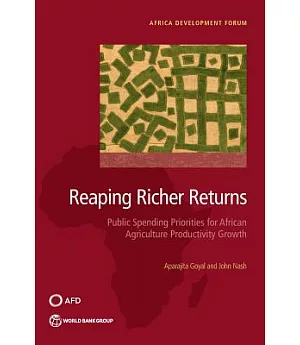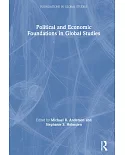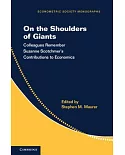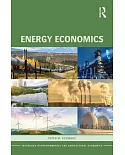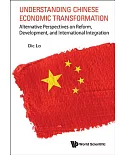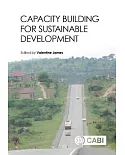A crucial element in enhancing agricultural productivity growth in Africa is improving the provision of productive investments through more and better public spending in agriculture.
Agricultural public spending in Africa not only lags behind other developing regions by several metrics of volume, it is also vitiated by misinvestment such as input subsidies programs and
transfers that tend to benefit the better off, with insignificant gains for the poor. Shortcomings of the budgeting process also reduce spending effectiveness. Addressing the quality of public
spending and the efficiency of resource use is perhaps even more important than addressing the level of spending. Investments in rural public goods combined with better policies and
institutions have driven agricultural productivity growth around the world. The dividends from investments to strengthen markets, expand irrigation, develop and adopt improved technologies can
be enormous. Despite high returns on such investments, Sub-Saharan African countries grossly underinvest in them. Rebalancing the composition of public agricultural spending would reap massive
payoffs. To realize these benefits requires better choices about how to allocate public agricultural spending—and how to ensure that budget processes support those allocations. And making those
choices will require overcoming the inertia in policymaking that favors continuing with today’s inefficient spending and that favors short-term visible programs over much higher, if less
visible, long-term gains.

